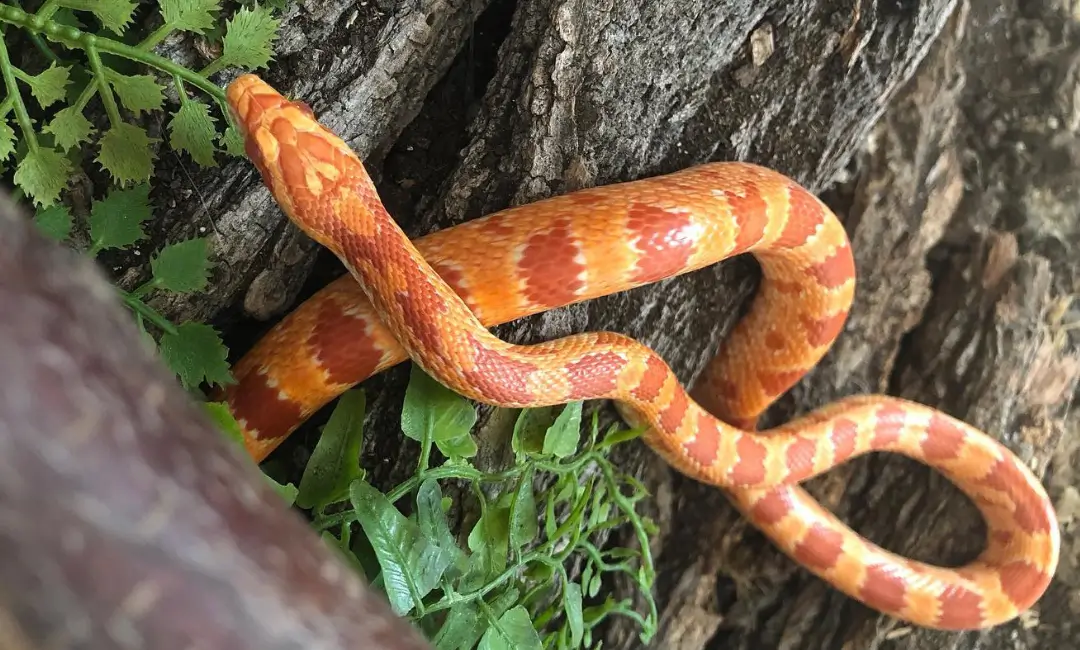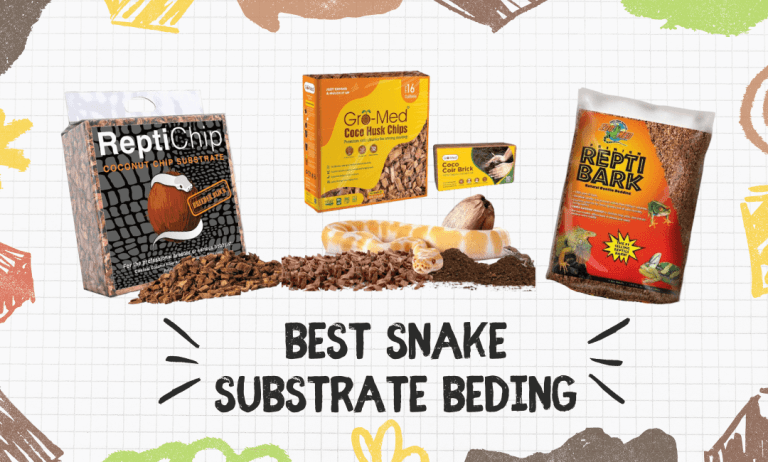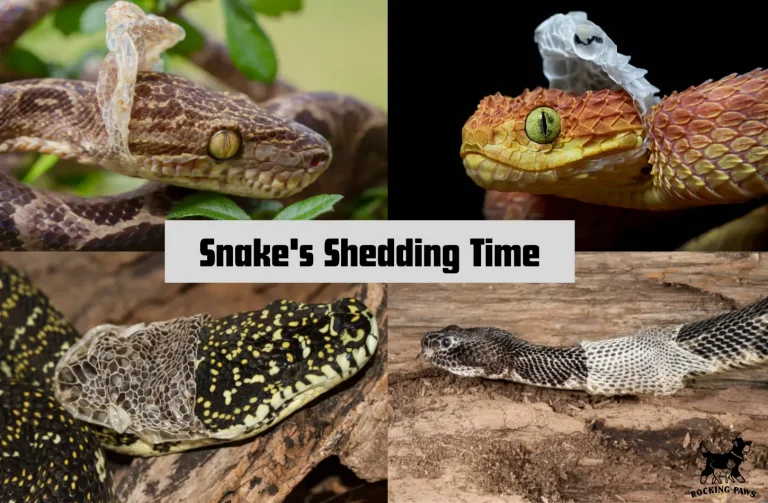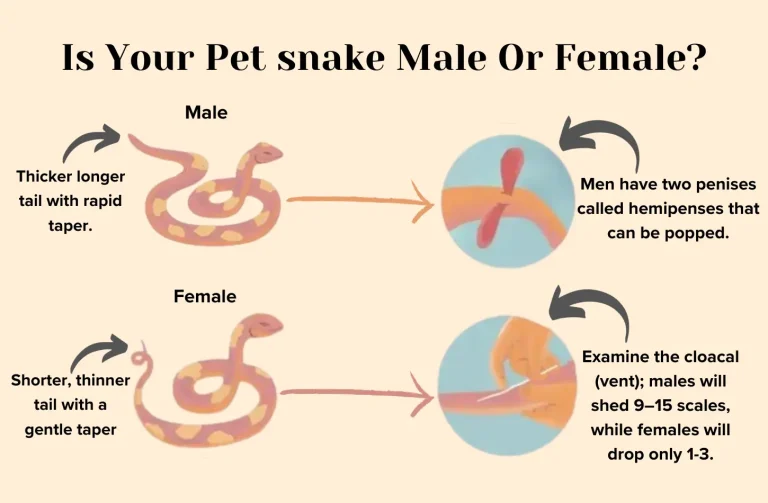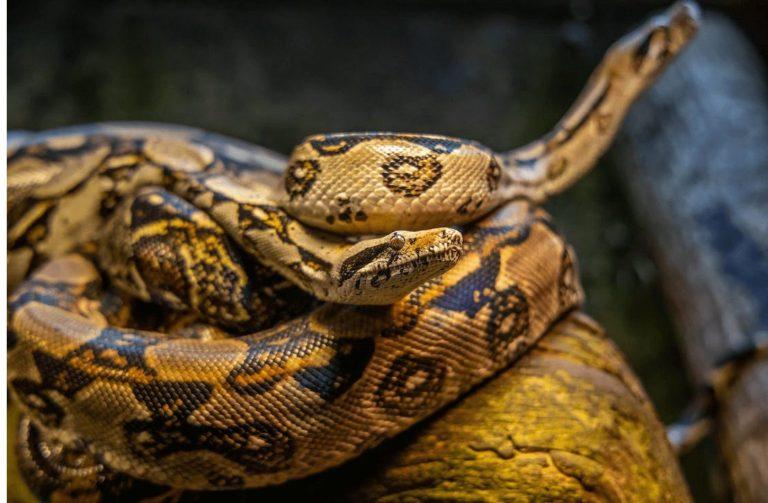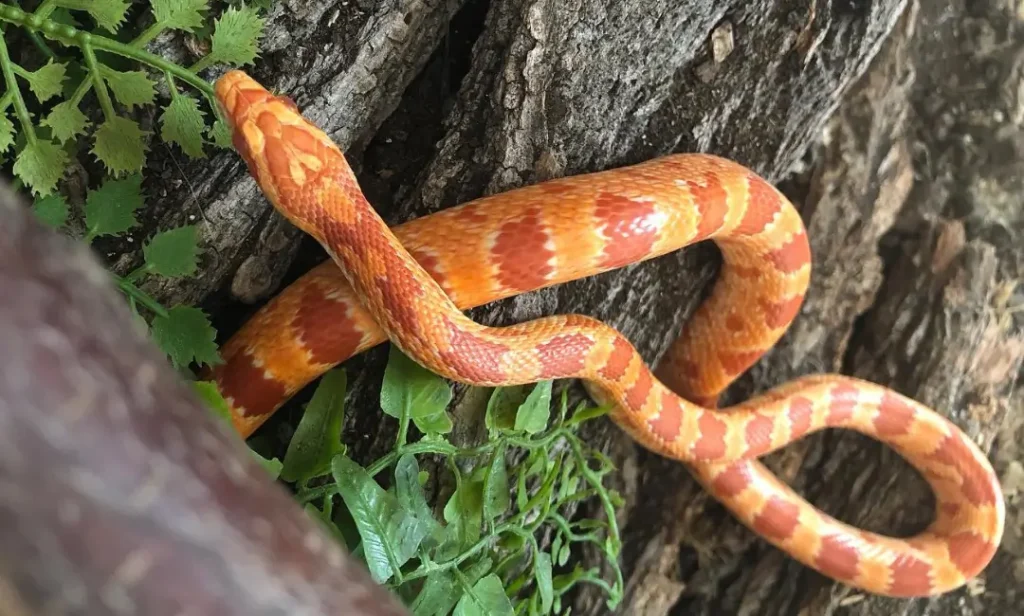
The Corn Snake, scientifically known as Elaphe guttata, is a fantastic choice for both novice and experienced snake owners. Derived from its association with corn granaries, these snakes are not only captivating in appearance but also make excellent companions due to their docile nature and manageable size.
Species Overview:
- Common Names: Corn snake, red rat snake
- Scientific Name: Elaphe guttata
- Adult Size: 2.5 to 4 feet on average, occasionally reaching up to 6 feet
- Life Expectancy: 15 to 20 years
Behavior and Temperament:
Corn snakes are known for their docility, making them ideal for handling. However, when feeling threatened, they may vibrate their tails as a defense mechanism, similar to rattlesnakes. Being adept escape artists, it’s crucial to secure their enclosure properly.
Housing:
A 20-gallon long glass tank with a secure-fitting lid is recommended. Corn snakes need hiding spots, so providing hide boxes and climbing branches is essential. Proper temperature maintenance, between 75-88°F, is crucial for their well-being.
Heat:
Overhead incandescent heat lamps are preferred, keeping the ambient temperature at 80-85°F and creating a basking site at 85-88°F. Nighttime temperature should not drop below 75°F. Monitoring with thermometers is essential.
Humidity:
Corn snakes thrive in household humidity levels (35-60%). A hygrometer helps monitor this, and misting may be necessary during dry months to aid shedding.
Substrate:
Use a loose substrate for burrowing; options include inkless newspaper, indoor/outdoor carpeting, or aspen shavings. Avoid pine, cedar, sand, soil, or corncob substrates.
Food and Water:
Corn snakes are carnivores, fed pre-killed frozen mice. Adjust prey size as the snake grows. Provide clean water in a shallow dish for drinking and aiding in defecation.
Common Health Issues:
Watch for mouth rot, fungal infections, and respiratory issues. Seek treatment from an exotic animal veterinarian if symptoms arise.
Choosing Your Corn Snake:
Opt for a captive-bred snake with clear eyes, no retained shed, cuts, or mites. An alert head, clean cloacal vent, and a pink tongue indicate good health.
Similar Species:
Corn snakes are often mistaken for copperheads due to their coloring, but they differ significantly. Explore other snake species like Rat Snakes, Hognose Snakes, and King Snakes as potential pets.
Conclusion:
The corn snake’s beauty, docile nature, and manageable care requirements make it an excellent choice for reptile enthusiasts. By providing a suitable environment and

